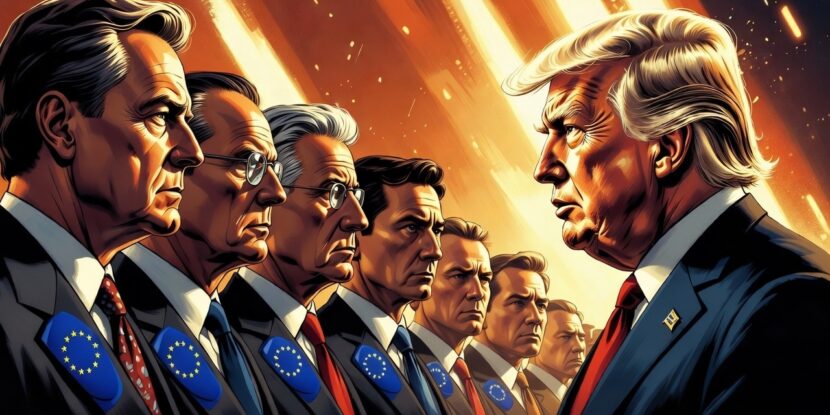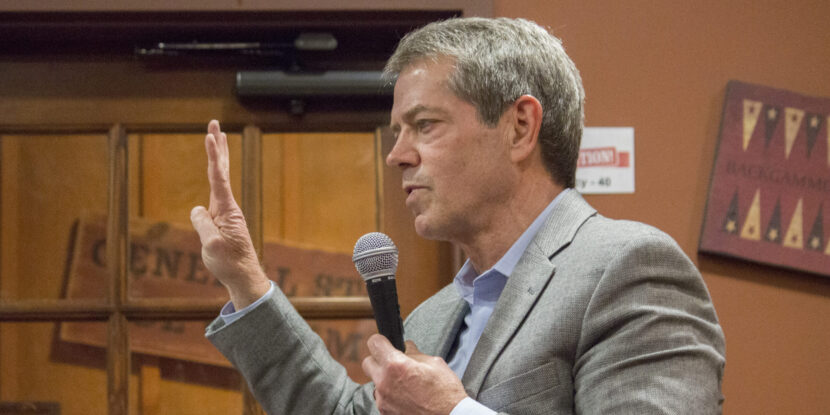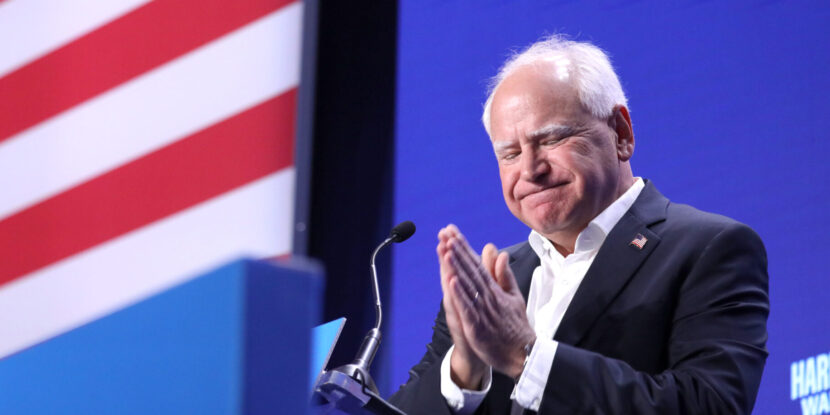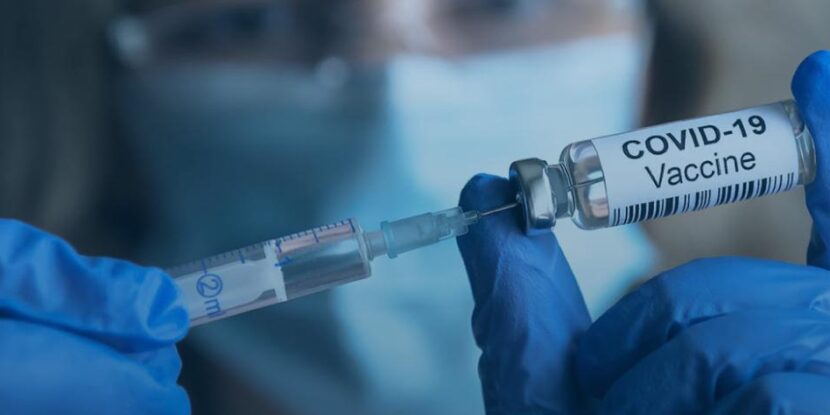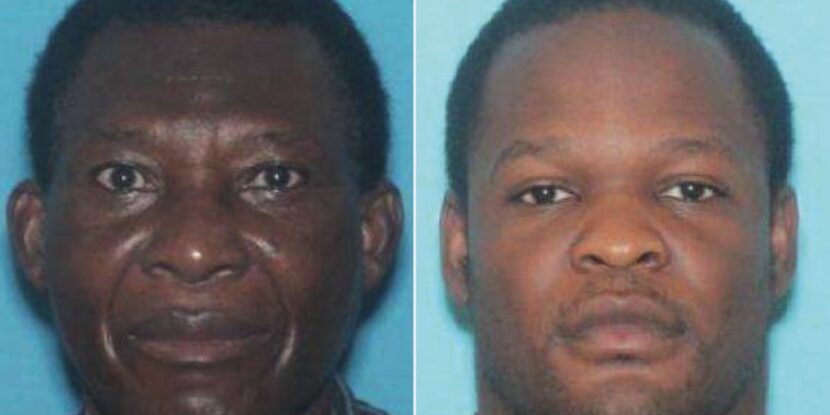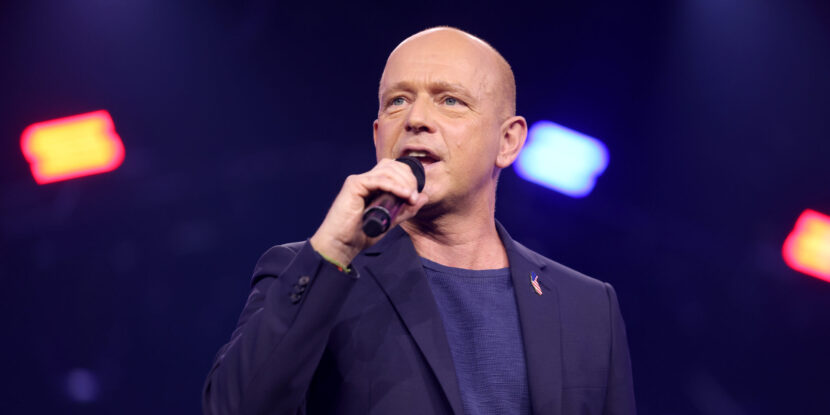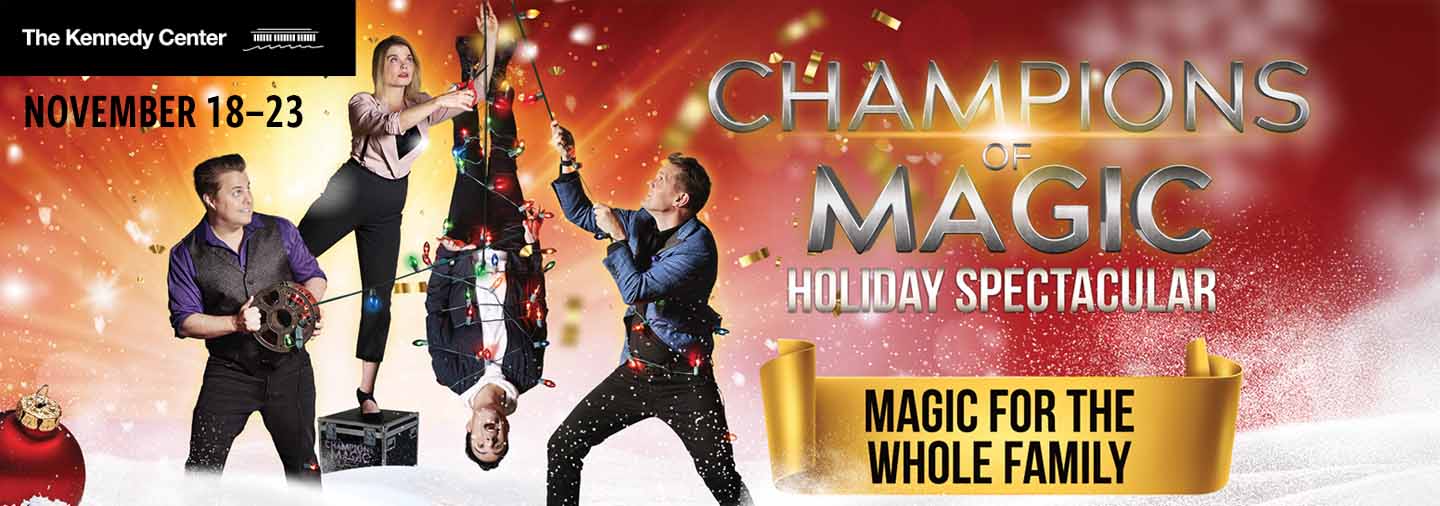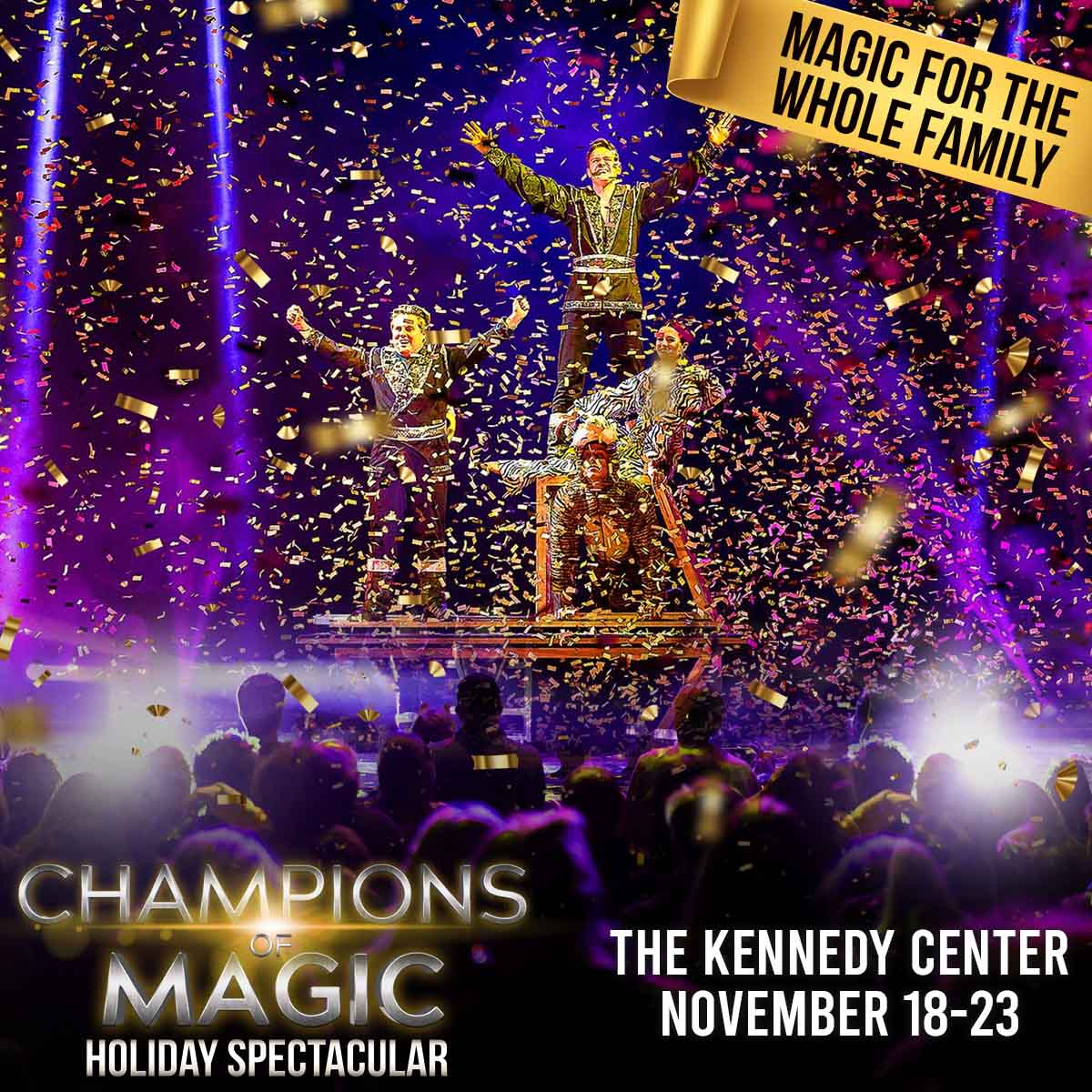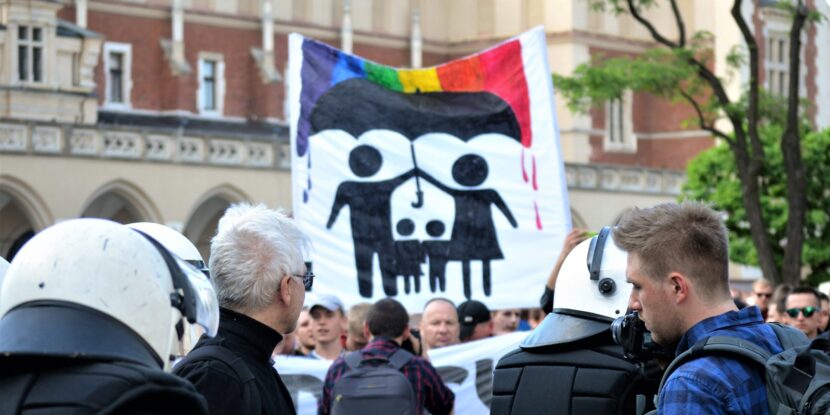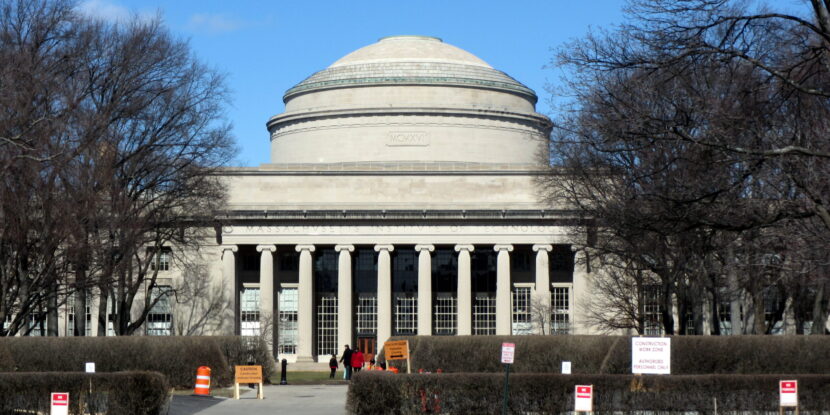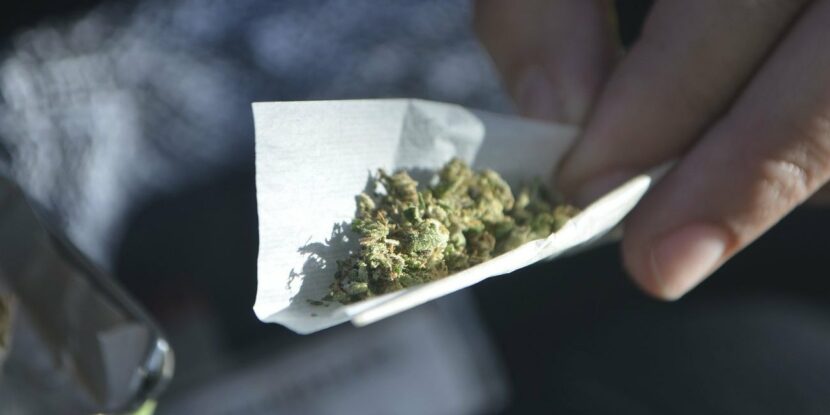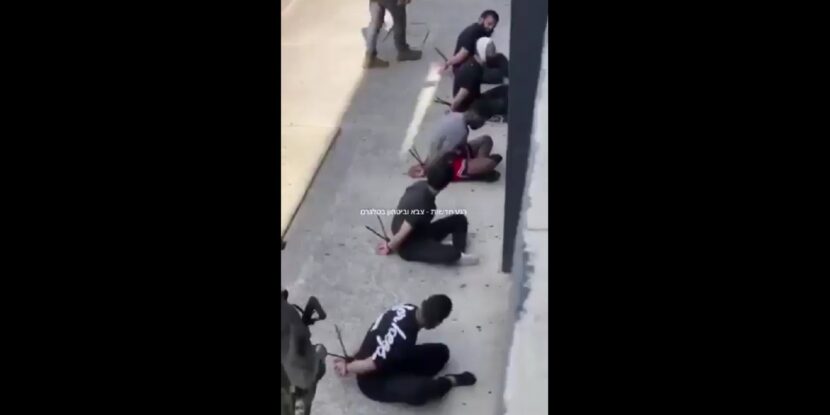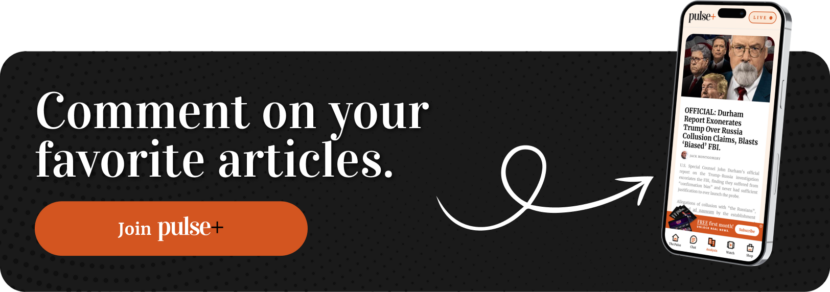The European Union continues to hammer away at American companies under the guise of “digital regulation.”
The Digital Markets Act (DMA) and the Digital Services Act (DSA) have become tools of economic and political aggression, masquerading as consumer protection. All of this, of course, under the European guise of “protecting democracy.”
President Trump’s administration has, thus far, taken the right tone, characterizing the EU’s recent fine on X as an assault on Americans. What the EU is doing is nothing less than an extraterritorial power play meant to export European censorship norms into America. Biden’s government let this hostility slide, but Trump’s White House doesn’t have to.
The DMA and DSA are explicitly and aggressively designed to target U.S. technology companies. Five of the seven companies designated by the EU as so-called “gatekeepers” under the DMA are American. That is not a coincidence.
At the same time, European competitors are effectively exempted from the same level of regulatory scrutiny, while Chinese firms face far lighter compliance pressure. European regulators are now wielding these regulatory weapons almost exclusively against U.S. companies, creating a two-tier digital economy that disadvantages American businesses from the outset.
The result is a regulatory environment in which American workers, innovators, and speech rights are penalized because Europe failed to establish its own competitive tech sector.
As a particularly timely example, iRobot filed for bankruptcy this week, and a Chinese supplier will take control of the company.
Three years ago, Amazon, one of the companies listed as a “gatekeeper” under the DMA, had offered to acquire iRobot. However, EU regulators, with the support of the Lina Khan-led FTC, blocked the potential deal, arguing that it would limit competition. EU regulations have led to the bankruptcy of an American company, and Chinese companies will have greater market control.
EU BETRAYAL.
This failure is compounded by the EU’s lack of seriousness in implementing the joint U.S.-EU trade framework agreed upon last August. Despite repeated assurances, Brussels has made no meaningful progress in removing digital trade barriers. Actually, it has doubled down. U.S. Trade Representative Jamieson Greer recently said he is “disappointed” to see “zero moderation” by the bloc on the DSA and DMA. That admission underscores what many American companies already know: the EU has no intention of recalibrating its approach.
And then there’s the censorship angle. The DSA claims to combat “harmful content,” but in practice, it empowers Brussels to dictate how American platforms moderate speech. Even speech that is entirely lawful in the United States. Americans don’t want European speech norms creeping into their nation over the internet. So it is long past time to treat this as the violation it is.
A Section 301 investigation is not only appropriate, but rather, it is overdue. Under the existing U.S.-EU trade framework, both parties are obligated to ensure that each other’s industries receive non-discriminatory treatment.
Despite this, the DMA and DSA are written and enforced in a way that selectively burdens U.S. companies while carving out breathing room for European firms. When a supposed “trade partner” designs a regulatory superstructure that intentionally disadvantages American industry, Washington is obliged to respond.
WHAT IS SECTION 301?
Section 301 of the Trade Act of 1974 is the tool built for precisely this kind of problem. Congress gave the U.S. Trade Representative (USTR), under direction of the President, authority to investigate and hit back against foreign laws and practices that violate trade agreements or are “unjustifiable,” “unreasonable,” or “discriminatory” and that burden U.S. commerce.
A Section 301 case can be opened either because an “interested party” – a company, industry association, or union – files a petition, or because the USTR launches one on its own initiative or at the President’s direction. In practice, that means the Trump White House could instruct the USTR to begin a focused investigation into the DMA and DSA as a coordinated EU scheme that discriminates against American platforms, workers, and exporters.
Once an investigation is opened, the process is formal and public. USTR publishes a notice in the Federal Register, sets a timeline, and invites written comments and hearing testimony from affected companies, workers, and other stakeholders. The EU is formally consulted and given the chance to explain or adjust its measures.
But this ain’t an open-ended talking shop. Section 301 investigations operate on a strict timeline. The USTR generally must reach a determination within approximately a year, and any response measures are typically decided upon within 12 to 18 months. At the end of that process, the USTR determines whether the foreign measure constitutes a trade-agreement violation or an “unreasonable” or “discriminatory” practice, and then decides whether to recommend action.
If the EU refuses to change course, Section 301 allows the United States to suspend trade concessions, raise tariffs, or take other restrictions against the offending country’s exports. In other words, if Brussels insists on weaponizing regulation against American firms, Washington has a legal pathway to weaponize market access against Brussels.
WHAT WOULD THIS ACHIEVE?
Applied to the DMA and DSA, a Trump-directed Section 301 case would do three things.
First, it would formally frame the EU’s censorship regime and its discriminatory digital rules as a trade problem, not just a tech-policy disagreement. By documenting how these laws disproportionately affect a handful of “gatekeepers” and large platforms, while sparing their European rivals, the USTR can establish a pattern of discrimination and the concrete burden on U.S. commerce.
Second, it would test the EU’s behaviour against the commitments both sides have made to treat each other’s industries fairly under the broader U.S.–EU trade framework and WTO rules. Those commitments include non-discriminatory treatment and good-faith regulatory cooperation. When the EU designs an entire legal architecture that effectively says “American companies pay; European competitors benefit,” it is hard to argue that those commitments are being honoured.
Third, it would create leverage. The Trump admin would suddenly have a live, statutory case on the books, backed by evidence, witness testimony, and clear findings. That case could support targeted pressure on politically sensitive EU exports if Brussels refuses to narrow or recalibrate the DMA and DSA. As recent 301 cases against China, the EU, and others have shown, the mere prospect of retaliatory tariffs can concentrate minds in foreign capitals.
The alternative is to let Europe continue writing American rules from Brussels.
The EU is already using the DSA to justify fines and speech controls on U.S. platforms, while insisting its laws are non-negotiable in trade talks. Senior U.S. officials have rightly warned that this model of regulation is incompatible with America’s free-speech tradition and with a healthy transatlantic partnership. But statements are not enough. The law already sitting on the books in Washington gives President Trump something far more potent than a press release or Truth Social post.
A targeted Section 301 investigation into the DMA and DSA would put the EU on notice that censorship by regulation and discrimination by design carry real costs. It would align U.S. trade policy with the Trump administration’s stated priority of defending American workers, American companies, and American speech against hostile foreign systems.
ZERO TOLERANCE.
If Brussels wants to regulate its own internet into irrelevance, that is its choice. It does not get to do the same to America, and certainly not without consequence.
President Trump’s second administration has an opportunity to restore balance to a relationship that has been lopsided for too long. A forceful Section 301 investigation would send a clear message: America will not tolerate an economic bloc weaponizing regulation to undermine U.S. competitiveness or impose foreign speech codes.
The EU has enjoyed years of asymmetric leverage because Washington refused to push back. That era should end now.
show less